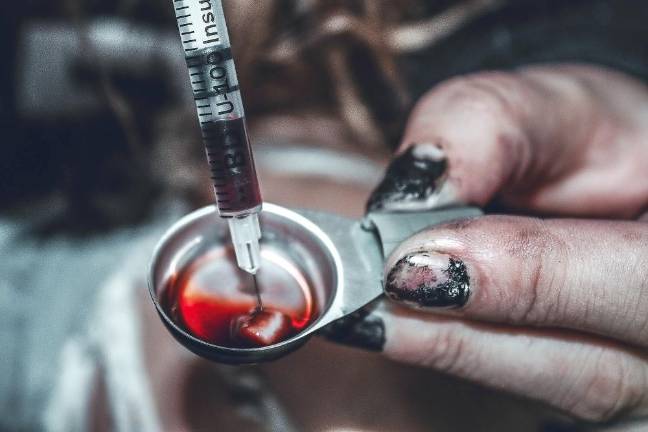Study on practices that reduce opioid deaths launched in Orange County
Goshen. Orange County launched the HEALing Community Study (HCS) communication campaign, begun in other counties, to identify evidence-based practices that raise awareness about dangers of illicit fentanyl and reduce opioid overdoses.

Goshen, N.Y. – Orange County is joining 33 other communities across New York, Kentucky, Massachusetts, and Ohio in launching the first communications campaign for the Healing Communities Study.
The first campaign, which runs through December 2, is focused on raising awareness about the dangers of illicit fentanyl, a drug that is present in more than three-quarters of the more than 2,000 overdose deaths that occur in New York each year (source: NY State Opioid Annual Report 2021). In addition to sharing facts about the dangers of illicit fentanyl, the HEALing Communities Study campaign teaches ways to protect people from a fatal fentanyl overdose including:
Knowing the signs and how to respond to an overdose.
Getting trained and carrying naloxone (also known as Narcan® or Kloxxado™), an FDA-approved medication that can save someone’s life if they are overdosing on opioids, whether it is a prescription opioid pain medicine, heroin, or a drug containing fentanyl.
“This communication campaign is right on target with the needs of our community,” Orange County Department of Social Services and Mental Health Commissioner Darcie Miller said. “Of those that lost their battle with opioid addiction last year 93 percent of their deaths involved fentanyl. We hope to reach those individuals struggling and families that are advocating for their loved ones with information that can save their lives.”
About the HEALing Communities Study
The National Survey on Drug Use and Health (NSDUH) estimates that 2.1 million Americans have opioid use disorder (OUD), yet fewer than 20% of those receive specialty care in a given year. New York state has one of the highest rates of opioid overdose deaths in the nation. A menu of evidence-based practices (EBPs) exists, including opioid overdose education and naloxone distribution programs, prescription opioid safety, FDA-approved medications for opioid use disorder, behavioral therapies, and recovery support services. Unfortunately, these EBPs have largely failed to penetrate community settings.
As a result, the National Institutes of Health (NIH) and the Substance Abuse and Mental Health Services Administration (SAMHSA) launched the HEALing Communities Study (HCS) to identify the EBPs that are most effective at the local level in preventing and treating OUD. The goal of the study is to reduce opioid-related overdose deaths by 40 percent.
The first phase of the study, which ended June 30, occurred in Cayuga, Columbia, Greene, Erie, Lewis, Putnam, Suffolk, and Ulster Counties. The second phase of the study will now run through December 2023 in Broome, Chautauqua, Cortland, Genesee, Monroe, Orange, Sullivan, and Yates counties. In support of this work, Orange County is expanding its collaboration with local partners to launch three communications campaigns:
· Naloxone-Fentanyl Education
· Medication for Opioid Use Disorder (MOUD) Awareness
· MOUD Treatment Retention
Of those that lost their battle with opioid addiction last year 93 percent of their deaths involved fentanyl. We hope to reach those individuals struggling and families that are advocating for their loved ones with information that can save their lives. - Orange County Department of Social Services and Mental Health Commissioner Darcie Miller